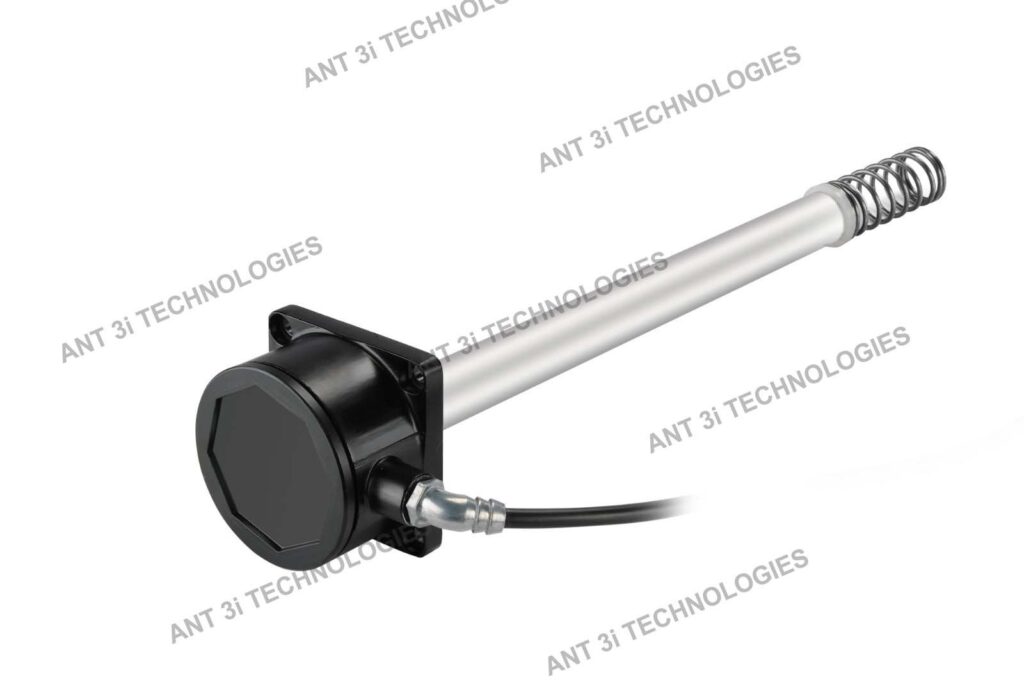
The Future of Energy: Safeguarding with Fuel Storage Tanks
Introduction to Fuel Storage Tanks Fuel storage tanks play a crucial role in ensuring the availability and security of energy resources. As the world’s energy demands continue to rise, the need for efficient and reliable fuel storage solutions becomes increasingly important. Fuel storage tanks are designed to store various types of fuel, including gasoline, diesel, and aviation fuel, in a safe and secure manner. They provide a means of safeguarding these valuable resources, ensuring their availability during times of high demand or in emergency situations. The Importance of Fuel Storage Tanks In today’s modern society, fuel is the lifeblood that powers our transportation systems, industries, and even our homes. Without a reliable and efficient means of storing fuel, the smooth functioning of these systems would be severely compromised. Fuel storage tanks serve as the essential link between the production and consumption of energy resources, ensuring a steady supply of fuel whenever and wherever it is needed. Types of Fuel Storage Tanks Fuel storage tanks come in various shapes, sizes, and materials to cater to different requirements. The most common types of fuel storage tanks include above-ground and underground tanks. Above-ground tanks are usually made of steel or fiberglass and are commonly used for storing large quantities of fuel. They are relatively easy to install and maintain and offer excellent accessibility for inspection and maintenance. Underground tanks, on the other hand, are often used when space is limited or when aesthetic considerations are paramount. These tanks are designed to be buried underground and are made from corrosion-resistant materials to prevent leaks and contamination. Regulations and Safety Considerations for Fuel Storage Tanks The storage of fuel is subject to strict regulations and safety considerations to prevent accidents, leaks, and environmental damage. These regulations vary from country to country but typically involve guidelines for tank design, installation, maintenance, and spill prevention. It is essential for fuel storage tank owners and operators to comply with these regulations to ensure the safety of their personnel, the environment, and the general public. Regular inspections and maintenance are necessary to identify and address any potential issues promptly. Benefits of Using Fuel Storage Tanks There are several benefits to using fuel storage tanks, making them an integral part of the energy infrastructure. Firstly, fuel storage tanks provide a reliable and convenient means of storing fuel for future use. This ensures a steady supply of fuel, even during times of high demand or in emergency situations. Secondly, fuel storage tanks help to reduce transportation costs and logistics challenges by allowing for bulk fuel storage near the point of consumption. Moreover, fuel storage tanks enable better inventory management, as they provide a clear indication of fuel levels and consumption patterns. Maintenance and Inspection of Fuel Storage Tanks Regular maintenance and inspection of fuel storage tanks are essential to ensure their continued safe and efficient operation. Maintenance tasks may include cleaning, painting, and repairing any damage or corrosion. Inspection should focus on identifying potential leaks, structural integrity, and compliance with safety regulations. It is crucial to establish a comprehensive maintenance and inspection schedule and to adhere to it diligently to prevent any potential issues from escalating into more significant problems. Innovations in Fuel Storage Tank Technology As technology continues to advance, so too does the technology surrounding fuel storage tanks. Innovations in tank design, materials, and monitoring systems have led to safer and more efficient fuel storage solutions. For example, the use of advanced materials, such as double-walled tanks and corrosion-resistant coatings, has significantly reduced the risk of leaks and environmental contamination. Additionally, sophisticated monitoring systems now allow for real-time tracking of fuel levels, temperature, and pressure, enabling proactive maintenance and preventing potential issues before they arise. Fuel Storage Tank Installation and Setup Proper installation and setup of fuel storage tanks are crucial to their overall performance and safety. It is essential to choose a suitable location that meets regulatory requirements and ensures easy access for maintenance and inspection. The tank foundation should be sturdy, level, and capable of supporting the weight of the tank and its contents. Additionally, the installation must include appropriate venting and piping systems to facilitate the safe transfer of fuel. It is recommended to engage the services of experienced professionals who specialize in fuel storage tank installation to ensure compliance with all relevant regulations and industry best practices. Fuel Storage Tank Manufacturers and Suppliers When it comes to fuel storage tanks, choosing a reputable and reliable manufacturer or supplier is of utmost importance. There are numerous manufacturers and suppliers in the market, each offering a range of products and services. It is crucial to consider factors such as product quality, durability, compliance with safety regulations, and after-sales support when selecting a manufacturer or supplier. Conducting thorough research, reading customer reviews, and seeking recommendations from industry experts can help in making an informed decision. Conclusion: The Future of Fuel Storage Tanks Fuel storage tanks are essential components of our energy infrastructure, ensuring the availability and security of fuel resources. As the world continues to grapple with increasing energy demands and environmental concerns, the future of fuel storage tanks lies in innovative technologies and sustainable practices. Advancements in tank design, materials, monitoring systems, and installation techniques will continue to enhance the safety, efficiency, and environmental sustainability of fuel storage. By embracing these advancements and adhering to stringent regulations, we can safeguard our energy resources for future generations. CTA: Looking for reliable and efficient fuel storage tanks for your energy needs? Contact our team today for a comprehensive range of products and expert advice. Ensure the safety and security of your fuel resources with our industry-leading solutions. Visit our website or call us at [phone number] to learn more



